Adventures at Book Signings
Terry Odell
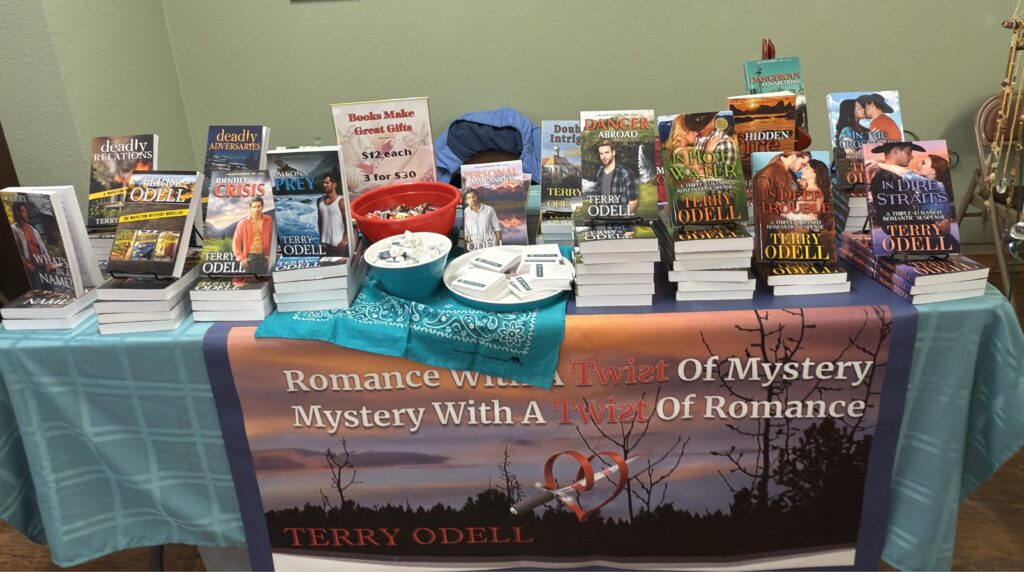
First, forgive my absence here at TKZ. We were away for a week, and I was off the grid, and coming back to “real life” is a slow process.
I’m an indie author. The vast majority of my book sales are ebooks. But every now and then, I have the opportunity to get out among real life people who like to read print books. They refer to them as “real” books, but I’m not going to get into my feelings about that here.
Most of my signings are either at conferences or at library author events. As an indie author, I have to supply the books, usually sold on consignment if it’s a conference, or I handle the sales at libraries.
I’m not a big name. Occasionally, I get seated to a Big Name Author, and spend most of the time chatting with their long lines of people wanting their books. Craig Johnson, Julia Quinn, and Brenda Novak come to mind.
Once, back in the day, when I was with a small publisher, they sent the books to the conference. Twenty of them! I’m not a big name, and if I sell five, it’s a good day. I asked the organizers why they ordered so many, and they said, “Oh, you can just return the unsold ones.” What they didn’t know was that the publisher charged for returns, and I was out a bunch of bucks because I wasn’t going to ship them back to me, and they wouldn’t fit in my luggage.
But, last weekend was different. Our neighborhood/development/community has an annual Holiday Bazaar, and I have participated for the last three years. I set up a table with my books on display, and try to remember I’m supposed to be outgoing and personable. I ‘bribe’ people to my table with a bowl of chocolate, my lip balm, and post-it notes.
It’s an interesting event. Vendors sell jewelry, baked goods, photographs, and lots of other handmade craft items. I’m the only one selling books. Unlike a writer’s conference or library event, people aren’t coming predisposed to buy books.
I had one woman approach my table and ask if I’d read all the books I had on display. I smiled and told her I’d written them. She leaned forward and said, “I’m 73 years old, and I’ve never read a book. I don’t know how I graduated from high school.” I told her she had the opportunity to make one of my books her first, and she actually bought one.
Another woman approached with an image of the books she’d bought last year. She’d given them to her 99 year-old mother who loved them, so she bought some more.
I had one woman tell me she wrote a novel during the pandemic but didn’t know what to do with it, and could she pay me to help her get it published. Ummm… not sure I can be much help. I’ll wait to see if she contacts me.
**Note to self: Rookie mistake. Next time make a sign that says “Meet the Author.” Too many people looked at the books on display and it took them a while to realize they were all written by the same person, at which point they asked if I was Terry. (Except for the one guy who asked if I was Dan’s wife—he’s much more outgoing and involved in the neighborhood, and people know him. Me, I’m an introverted writer who likes sitting in my office with my characters, so I’m not known to many people, nor do I know many of them.)
Another mistake. I forgot to bring my business cards. Thought they were in my purse, but after all the switches because of our travel, they weren’t. Fortunately, my lip balm and my post-it notes have my contact information and website on them.
Since almost everyone who comes to the bazaar lives in the ’hood, they know each other, so a lot of their “shopping” time is spent chit-chatting and catching up. The noise level in the small building/room gets high. It’s as much a social event as a sales event.
I had people come up to my table who told me they were so glad I’d come back—but they didn’t buy. Others marveled at my output. Most of them didn’t buy, either. But I did make enough sales to make it a respectably profitable day.
This year was the first time we could take credit card payments. (The building now has wifi). Technology! I have a Square card reader, but it’s old, and I haven’t used it in a couple of years. Turns out my new phone has a different plug in thing (I don’t speak tech), but I have an older iPad mini that uses the same connection, so I figured I’d be able to keep up with the times. However, I thought I’d try to be more up to date, so I ordered one of the new gizmos that could take chips and tap to pay. It was supposed to be delivered the day before the bazaar, but of course, it was delayed, so I was back to using my iPad mini.
Once at the venue, the woman at the table next to me told me if I had the Square app on my newer iPhone, it would take charges without needing a gizmo, and she walked me through using it. When my gizmo finally shows up, it’s going back to the store.
Something else that I think helped sales. Most of the people who came to buy were used to paying with cash, so although I’d bumped up my prices a little to cover fees, I told them I’d discount cash sales. People love a bargain.
- To recap. My takeaways:
- Make it obvious you’re the author.
- Have swag to attract people to your table.
- If you’re indie and can set your own pricing, make things look good. I had a ‘bundle’ price, and a lot of people bought three books when they saw they were getting a bargain.
- Stand, don’t sit all day. Initiate conversation. It’s hard for me, but got easier as the day went on. One lead-in that worked for me (and killed more than one bird), was to ask if I could answer any questions about my books.
- If you have more than a couple of books on display, get ready to talk about which one(s) you’d recommend. When people ask which is my favorite book, I ask if they have children, and if they say ‘yes’ I ask which is their favorite. I try to find out what their interests are, or point out things about my books–especially the ones based on my travel–that might engage them.
- Think of it more as introducing yourself and making contacts, not sales.
Anything you have to add?
New! Find me at Substack with Writings and Wanderings
Deadly Ambitions
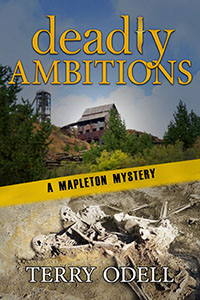 Peace in Mapleton doesn’t last. Police Chief Gordon Hepler is already juggling a bitter ex-mayoral candidate who refuses to accept election results and a new council member determined to cut police department’s funding.
Peace in Mapleton doesn’t last. Police Chief Gordon Hepler is already juggling a bitter ex-mayoral candidate who refuses to accept election results and a new council member determined to cut police department’s funding.
Meanwhile, Angie’s long-delayed diner remodel uncovers an old journal, sparking her curiosity about the girl who wrote it. But as she digs for answers, is she uncovering more than she bargained for?
Now, Gordon must untangle political maneuvering, personal grudges, and hidden agendas before danger closes in on the people he loves most.
Deadly Ambitions delivers small-town intrigue, political tension, and page-turning suspense rooted in both history and today’s ambitions.
 Terry Odell is an award-winning author of Mystery and Romantic Suspense, although she prefers to think of them all as “Mysteries with Relationships.”
Terry Odell is an award-winning author of Mystery and Romantic Suspense, although she prefers to think of them all as “Mysteries with Relationships.”



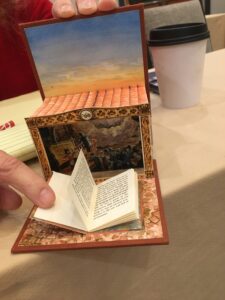
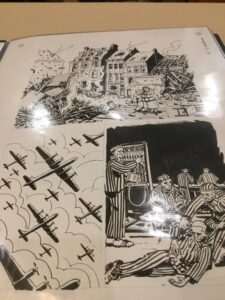 He describes his meticulous research, which includes near-microscopic study of photos and original documents to ensure every detail is accurate, down to the cabin measurements in Apollo 11. He used Kodachrome photos from the 1960s for the color palette as well as to capture clothing, hairstyles, appliances, and objects from everyday life in 1969.
He describes his meticulous research, which includes near-microscopic study of photos and original documents to ensure every detail is accurate, down to the cabin measurements in Apollo 11. He used Kodachrome photos from the 1960s for the color palette as well as to capture clothing, hairstyles, appliances, and objects from everyday life in 1969.


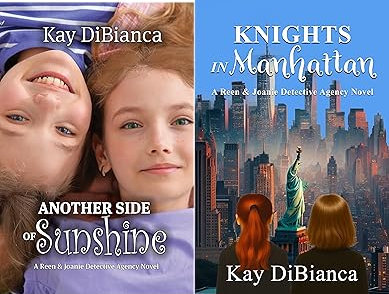
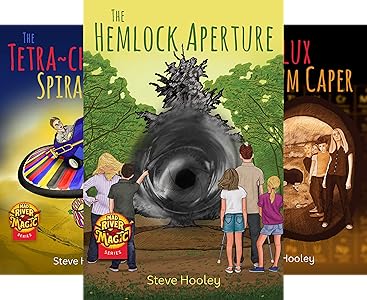

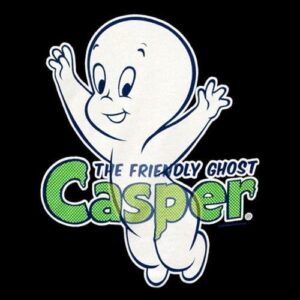




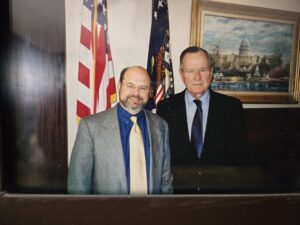
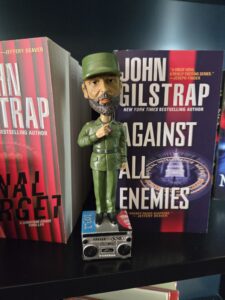

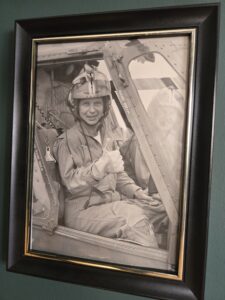




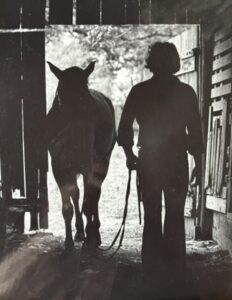





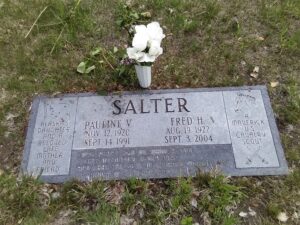
 Jim lived on the cemetery grounds in a quaint yellow cottage with records stored on the lower level. When he began to have medical problems, his son Kevin was hired to assist with the job until a replacement sextant could be found.
Jim lived on the cemetery grounds in a quaint yellow cottage with records stored on the lower level. When he began to have medical problems, his son Kevin was hired to assist with the job until a replacement sextant could be found.
